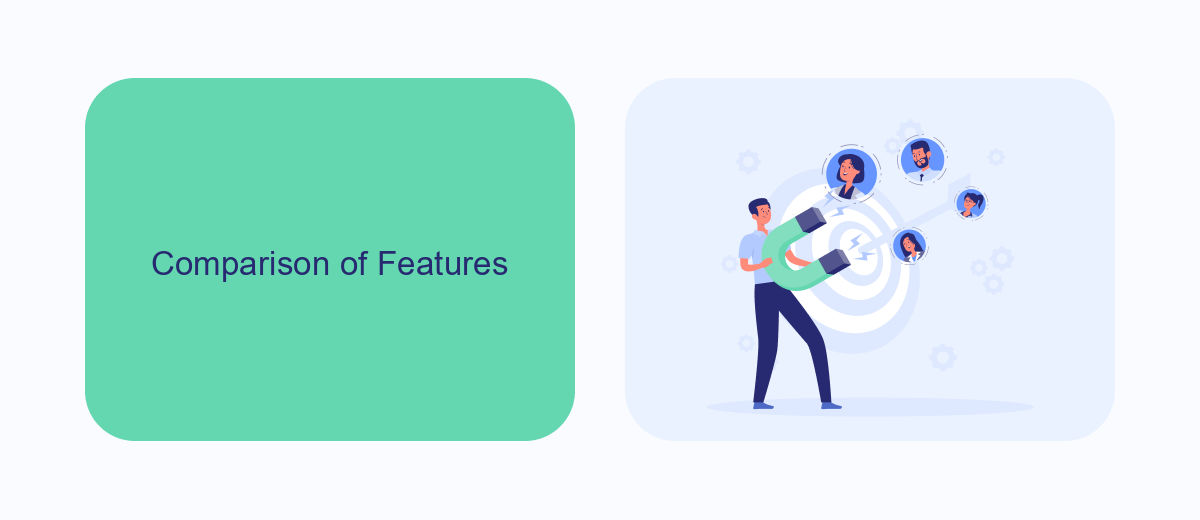In the realm of automation, Ansible and UiPath stand out as powerful tools, each catering to different needs. Ansible excels in IT automation and configuration management, streamlining tasks for system administrators. UiPath, on the other hand, shines in robotic process automation (RPA), enabling businesses to automate repetitive tasks. This article delves into their unique features, benefits, and use cases.
Introduction
In the ever-evolving landscape of automation, businesses are constantly seeking tools that can streamline their operations and improve efficiency. Two prominent names in the automation sphere are Ansible and UiPath. Both of these tools offer unique features and capabilities, making them suitable for different use cases and industries.
- Ansible: A powerful, open-source automation tool primarily used for IT tasks such as configuration management, application deployment, and task automation.
- UiPath: A leading Robotic Process Automation (RPA) platform designed to automate repetitive tasks by mimicking human actions, suitable for both IT and business processes.
Choosing between Ansible and UiPath depends on the specific needs of your organization. While Ansible excels in IT infrastructure automation, UiPath is ideal for automating business processes. Services like SaveMyLeads can further enhance your automation strategy by enabling seamless integration between various applications, ensuring your workflows are efficient and interconnected. Understanding the strengths and limitations of each tool will help you make an informed decision that aligns with your automation goals.
Comparison of Features

Ansible is an open-source automation tool that focuses primarily on IT tasks such as configuration management, application deployment, and task automation. It uses a simple, agentless architecture, which makes it easy to set up and use. Ansible’s YAML-based playbooks are straightforward to read and write, making it accessible for users with varying levels of expertise. Additionally, Ansible integrates well with various cloud providers and services, providing a flexible and scalable solution for managing infrastructure.
UiPath, on the other hand, is a leading Robotic Process Automation (RPA) platform designed to automate repetitive tasks across various business applications. It features a user-friendly interface with drag-and-drop capabilities, making it accessible for non-technical users. UiPath excels in automating business processes, such as data entry, invoice processing, and customer service tasks. For integrating with other services, UiPath can leverage tools like SaveMyLeads to streamline data workflows and enhance automation efficiency. While both tools offer powerful automation capabilities, Ansible is more suited for IT operations, whereas UiPath is ideal for business process automation.
Use Cases and Applications

Ansible and UiPath are powerful tools used in different domains to automate tasks and streamline operations. While Ansible is primarily employed in IT automation and configuration management, UiPath excels in robotic process automation (RPA) for business processes.
- Ansible: Ideal for managing server configurations, deploying applications, and automating cloud provisioning. It is often used by DevOps teams to ensure consistent environments across development, testing, and production.
- UiPath: Best suited for automating repetitive business tasks such as data entry, invoice processing, and customer service interactions. It is widely adopted in industries like finance, healthcare, and customer support to enhance productivity and reduce human error.
Both tools can be integrated with other services to further enhance their capabilities. For instance, SaveMyLeads can be used alongside UiPath to automate the transfer of lead data from various sources into CRM systems, ensuring that sales teams have up-to-date information without manual intervention. This integration allows businesses to streamline their workflows and improve efficiency.
Pricing and Licensing

When comparing Ansible and UiPath, pricing and licensing are crucial factors to consider. Ansible operates under an open-source model, which means it is free to use. However, Red Hat offers an enterprise version called Ansible Tower, which comes with additional features and support at a cost. The pricing for Ansible Tower is subscription-based, and it varies depending on the number of nodes and the level of support required.
On the other hand, UiPath offers a more traditional commercial licensing model. UiPath provides different pricing tiers based on the type and number of robots, as well as the level of support and additional features required. They offer a Community Edition for small teams and individual developers, but for enterprise-level automation, the costs can be substantial.
- Ansible: Open-source, free to use with paid enterprise options.
- UiPath: Commercial licensing with various pricing tiers.
- SaveMyLeads: Subscription-based service for integration setup.
Choosing between Ansible and UiPath depends on your organization's budget and specific needs. While Ansible might be more cost-effective for those who are comfortable with open-source solutions, UiPath offers comprehensive automation capabilities that could justify the higher investment for larger enterprises. Additionally, tools like SaveMyLeads can help streamline the integration process, potentially reducing overall costs and implementation time.
Conclusion
In conclusion, both Ansible and UiPath offer robust solutions for automation, but they cater to different needs and use cases. Ansible excels in IT automation, particularly in managing configurations, deployments, and orchestrations across various environments. Its agentless architecture and extensive library of modules make it a powerful tool for IT professionals seeking to automate complex workflows and maintain infrastructure as code.
On the other hand, UiPath is designed for robotic process automation (RPA), focusing on automating repetitive tasks and business processes. It is particularly beneficial for organizations looking to streamline operations and improve efficiency through automated workflows. For those needing seamless integration between various applications and services, tools like SaveMyLeads can be invaluable. SaveMyLeads simplifies the integration process, enabling businesses to connect different platforms effortlessly, thereby enhancing the overall automation experience. Ultimately, the choice between Ansible and UiPath depends on the specific requirements and goals of your organization.
FAQ
What are the primary use cases for Ansible and UiPath?
Can Ansible and UiPath be integrated for enhanced automation?
Which tool is better for automating business processes?
Is coding knowledge required to use Ansible and UiPath?
How can businesses streamline integration and automation setups?
Personalized responses to new clients from Facebook/Instagram. Receiving data on new orders in real time. Prompt delivery of information to all employees who are involved in lead processing. All this can be done automatically. With the SaveMyLeads service, you will be able to easily create integrations for Facebook Lead Ads and implement automation. Set up the integration once and let it do the chores every day.
